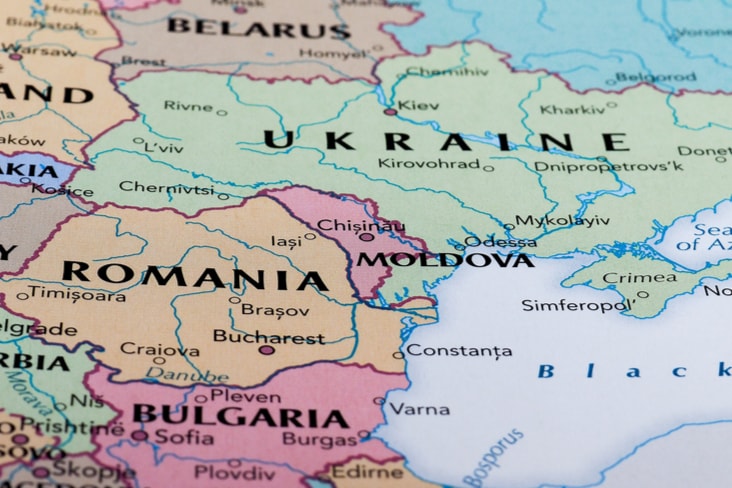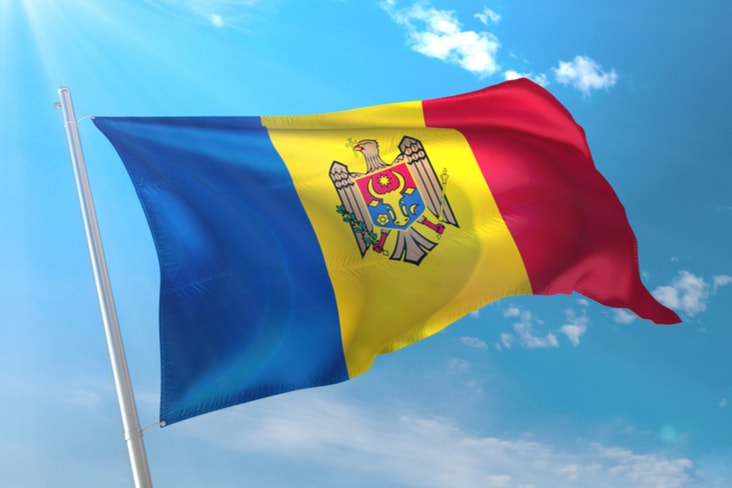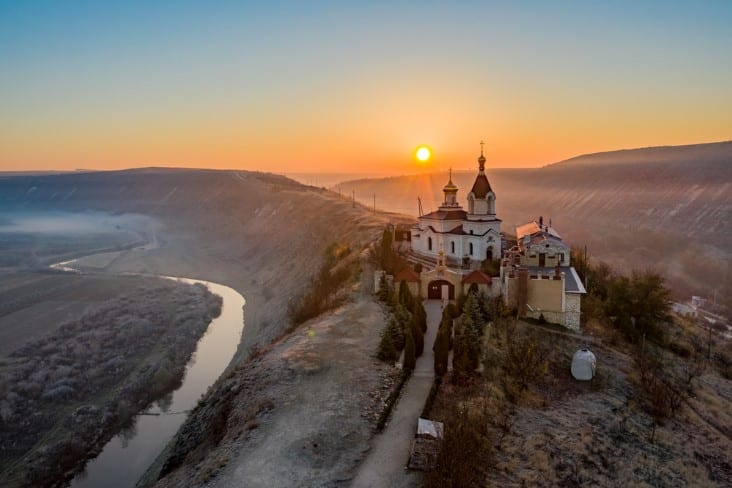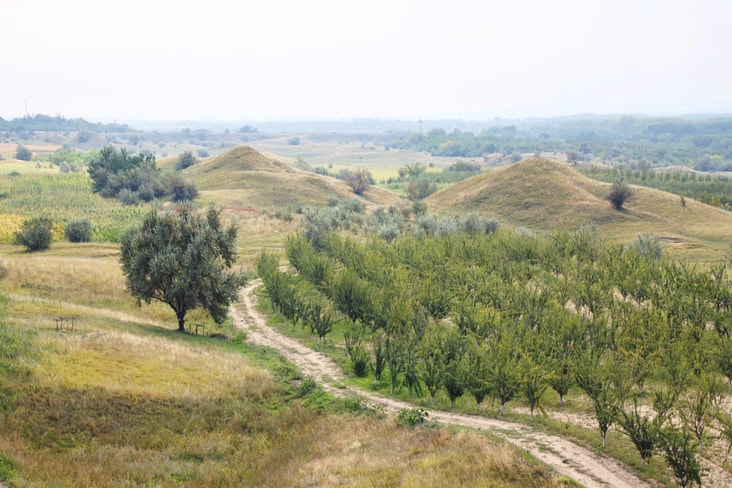From the world’s largest wine cellar to one of Europe’s poorest countries, these are the most interesting facts about Moldova.

Fast facts
Official name: Republic of Moldova
Population: 3.5 million
Area: 33,851 sq km
Capital city: Chisinau
Major languages: Moldovan/Romanian, Russian, Gagauz, Ukrainian, Bulgarian
Major religions: Christianity
Time zone: UTC+2 (Eastern European Time)
Interesting facts about Moldova
1. Moldova is a landlocked country in Eastern Europe bordering Romania and Ukraine.
2. Moldova may have been inhabited for up to 1.2 million years. In 2010, flint tools were unearthed, believed to be between 800,000 and 1.2 million years old.
3. Between the 16th and early 19th centuries, Moldovan territory was repeatedly disputed by several powers, particularly the Ottoman Empire and Russia, which led to numerous wars.

4. Moldova was previously known as Bessarabia. At various times it was also part of the former Romanian Principality of Moldavia.
5. In 1945, Moldova became part of the USSR, eventually gaining independence in 1991 following the collapse of the Soviet Union.
6. Moldova’s flag is made up of vertical stripes of blue, yellow and red with a central coat of arms. The flag is based on the color scheme of the flag of Romania. the coat of arms features an eagle and the head of an aurochs, an extinct European ox.

7. The back of the flag has a mirrored image of the coat of arms making it one of only three national flags that differ on their obverse and reverse sides – the others are Paraguay and Saudi Arabia.
8. From 2009 to 2012, Moldova did not have a president. After three years of political gridlock, Nicolae Timofti was finally elected president.
9. Moldova has the world’s largest wine cellar by the number of bottles. The Milestii Mici cellars contain an estimated 2 million bottles of wine. The bottles are stored in 55km (34 mi) of underground galleries.

10. In 2006, and then again in 2013, Russia, Moldova’s biggest export market, banned Moldavian wine, costing the nation millions of Euros.
11. One of the languages spoken in Moldova, Gagauz, is classed as critically endangered by UNESCO. Spoken by approximately 140,000 people or fewer, Gagauz is in danger of dying out.
12. Moldova’s capital, Chişinău, dates back to 1420. However, much of the city was destroyed in the Second World War and by an earthquake that struck in 1940. It was largely rebuilt by the Soviets.

13. Moldova is the third poorest country in Europe when measured by GDP per capita based on purchasing power parity (PPP). Only Kosovo and war-torn Ukraine are poorer.
14. Moldova only has one UNESCO World Heritage Site, the Struve Geodetic Arc. The Struve Arc is a chain of survey triangulations stretching 2,820km (1,752 miles). It travels through 10 countries (including Moldova) from Norway to the Black Sea. The survey, carried out between 1816 and 1855 by the astronomer Friedrich Struve, helped to establish the exact size and shape of the Earth.
15. Since 1992, there has been a breakaway territory in Moldova called Transnistria. With a population of 470,000 people, the predominantly Russian-speaking and self-declared Transnistrian Moldovan Republic is not recognized by any country.

16. Even though Moldova is technically landlocked, it has access to the Black Sea via the Giurgiulesti International Free Port. As a result of a 2005 territorial exchange with Ukraine, Moldova was given the 450m (1,476ft) stretch of shoreline along the Danube River, which leads to the Black Sea.
17. Moldova has the cheapest broadband in Europe and the world’s third-cheapest broadband package, with a starting price of $7.03 USD.
18. Moldova is famous for its monasteries, with Orheiul Vechi (Old Orhei) its most recognizable site. The complex, located rocky ridge over the Răut River, dates back over 2,000 years.

19. Moldova is the least-visited country in Europe and second-least visited in the world, only receiving around 11,500 tourists per year.
20. The national language of Moldova (Moldovan; a form of Daco-Romanian) and Romanian are almost identical. Both languages use the Latin alphabet.
21. Moldova has a national wine day in October. The National Wine Day of Moldova event actually lasts two days and celebrates Moldova’s wine culture.

22. The country is named after the Moldova River in neighboring eastern Romania.
23. Moldova has one of the world’s lowest fertility rates. As of 2024, it was ranked seventh lowest, with just 1.26 children per woman.
24. There is an area in Moldova known as the “100 Hills” due to its mysterious mounds of earth. No one knows what caused them but local legend says they are the sites of ancient battles and are the burial places of fallen soldiers.

25. Europe’s largest land mammal, the European bison, can be found in Moldova’s Padurea Domneasca (Royal Forest) Nature Reserve.
26. Moldova is the second-least developed country in Europe, behind Ukraine. Overall, it is the 86th most developed country in the world.
Explore more from Europe
Every effort has been made to verify these facts about Moldova using primary sources. However, if you find an error or have any questions, please contact us.
Caitriona Maria is an education writer and owner of The Facts Institute. A teacher for seven years, she has been committed to providing students with the best learning opportunities possible, both domestically and abroad. Dedicated to unlocking students' potential, Caitriona has taught English in several countries and continues to explore new cultures through her travels.